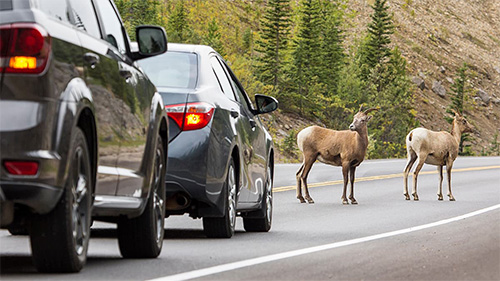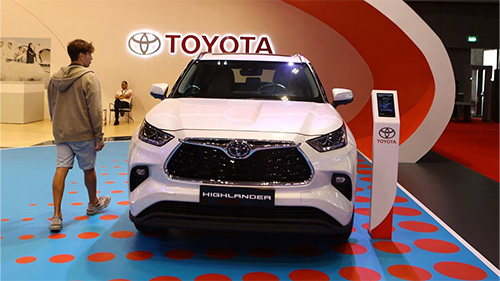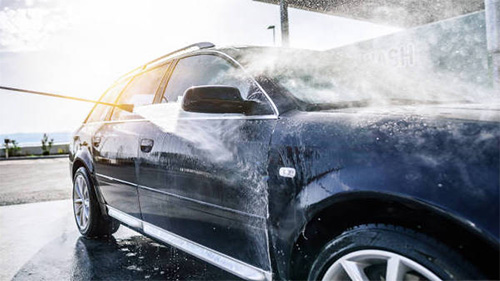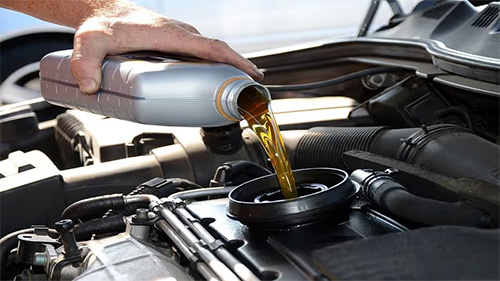When the Unexpected Happens: A Driver’s Guide to Animal Collisions

Few things rattle a driver like the sound of impact with an animal. Not only is it emotionally jarring, but the aftermath also demands clarity of mind and swift action—especially when it comes to assessing your vehicle and ensuring everyone’s safety.
1. Stay Calm and Secure Your Vehicle
Take a deep breath and switch on your warning lights to warn other vehicles as soon as possible after the crash. Turn off the engine and move your car safely to the side of the road. More damage to you and your vehicle might result from a panic attack.
2. Check for Injuries
Check for injuries to yourself and any passengers before you leap out. Even minor trauma—from whiplash to internal shocks—should be assessed. If anyone is hurt, call emergency services right away.
3. Inspect the Animal—But Put Safety First
If the animal is still alive, observe from a distance. Injured creatures can lash out unpredictably. For predators (e.g., foxes, deer), never risk approaching—call the appropriate wildlife or animal control agency. For pets, carefully look for ID tags before attempting to help.
4. Report to Authorities
In many regions—including the UK—hitting certain animals (like dogs, horses, farm livestock) must be reported to the police. For injured wildlife, contact the RSPCA or your local animal welfare organization. This is as much about legal obligations as public safety.
5. Document Damage to Your Car
While your focus may first be on the animal, your vehicle can sustain significant impact: bumper cracks, detached lights, ruined radiator, or worse. Walk around the car and take clear photographs of all visible damage. This documentation is vital for insurance claims.
6. Notify Your Insurer and Get Repairs
Contact your insurance provider—especially if you have comprehensive coverage or if the collision involved large animals. Provide them with your photos and incident report. Then take your car to a reputable body shop or mechanic to check for hidden internal damage or diagnostic issues.
7. Adjust Driving Habits to Prevent Future Collisions
Accidents involving animals most often occur at dawn or dusk. Slow your speed during these high-risk times, pay attention to wildlife-crossing signs, and use your headlights effectively (full beam when safe, dipping at the approach of animals). Avoid sudden swerves—brake firmly and stay in your lane to avoid losing control.
Why This Matters?
Colliding with an animal isn’t just distressing—it can leave your vehicle unsafe or inoperable. Promptly assessing damage, reporting the incident, and professional inspections protect both your safety and your investment.







